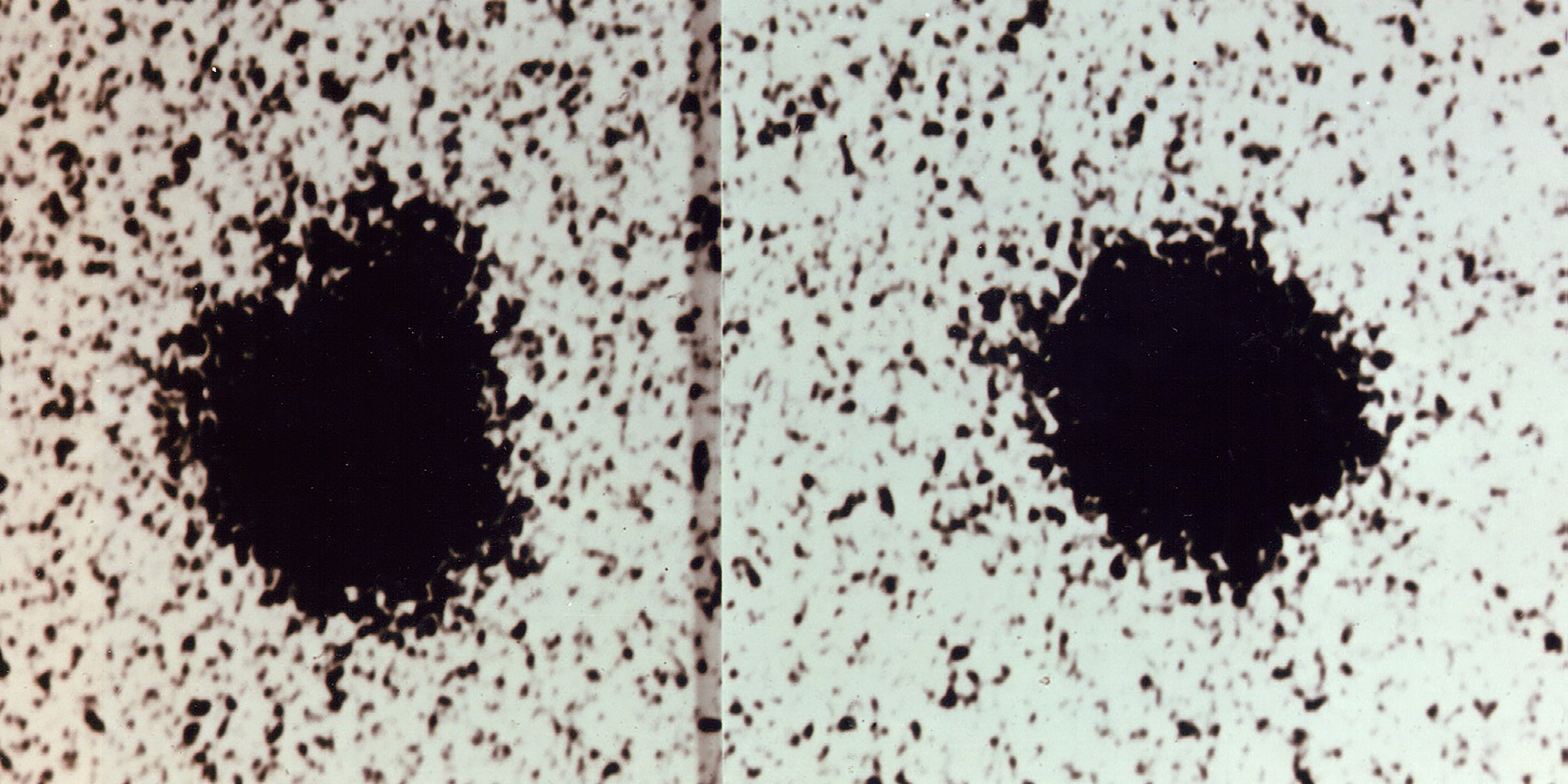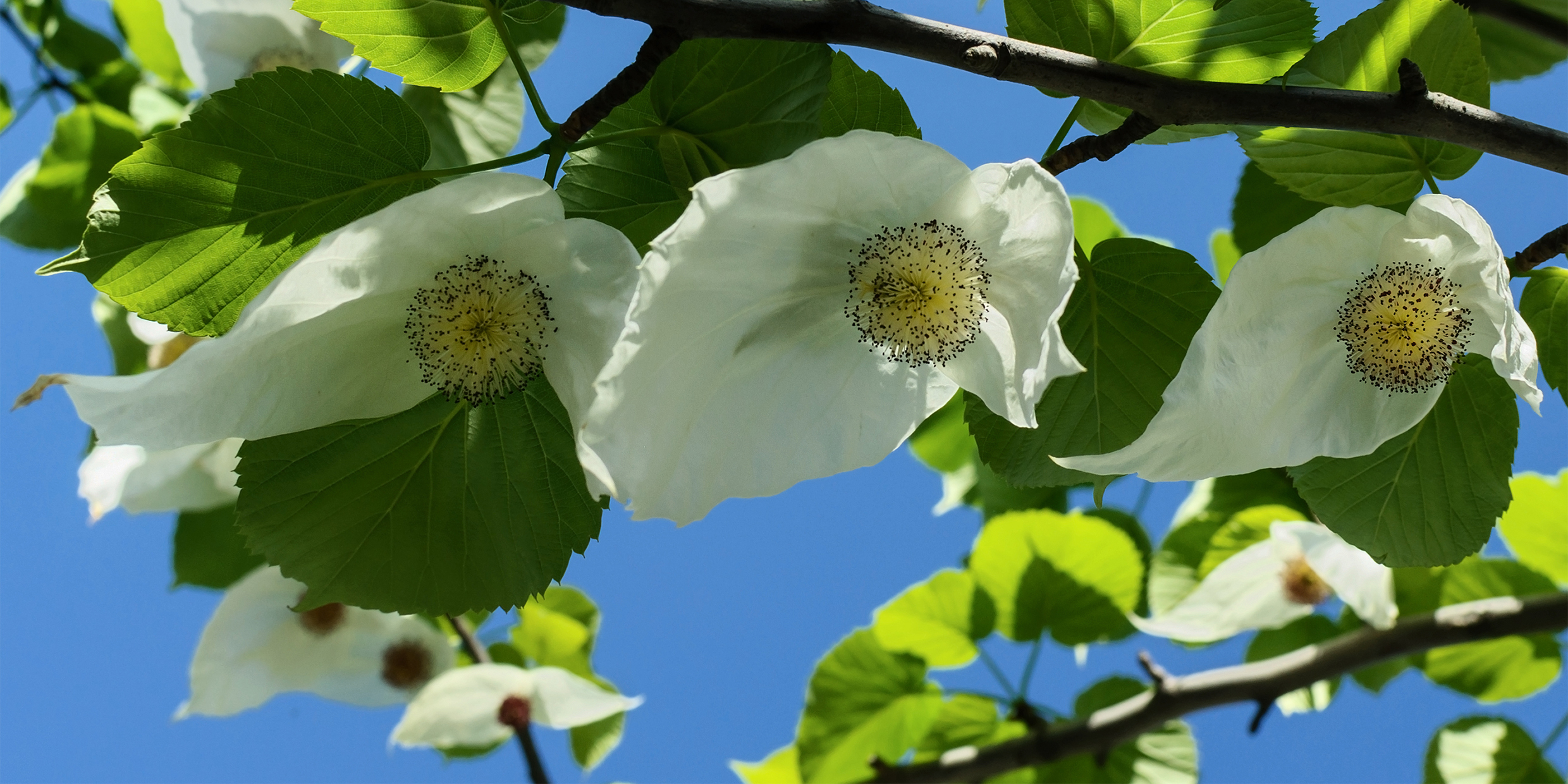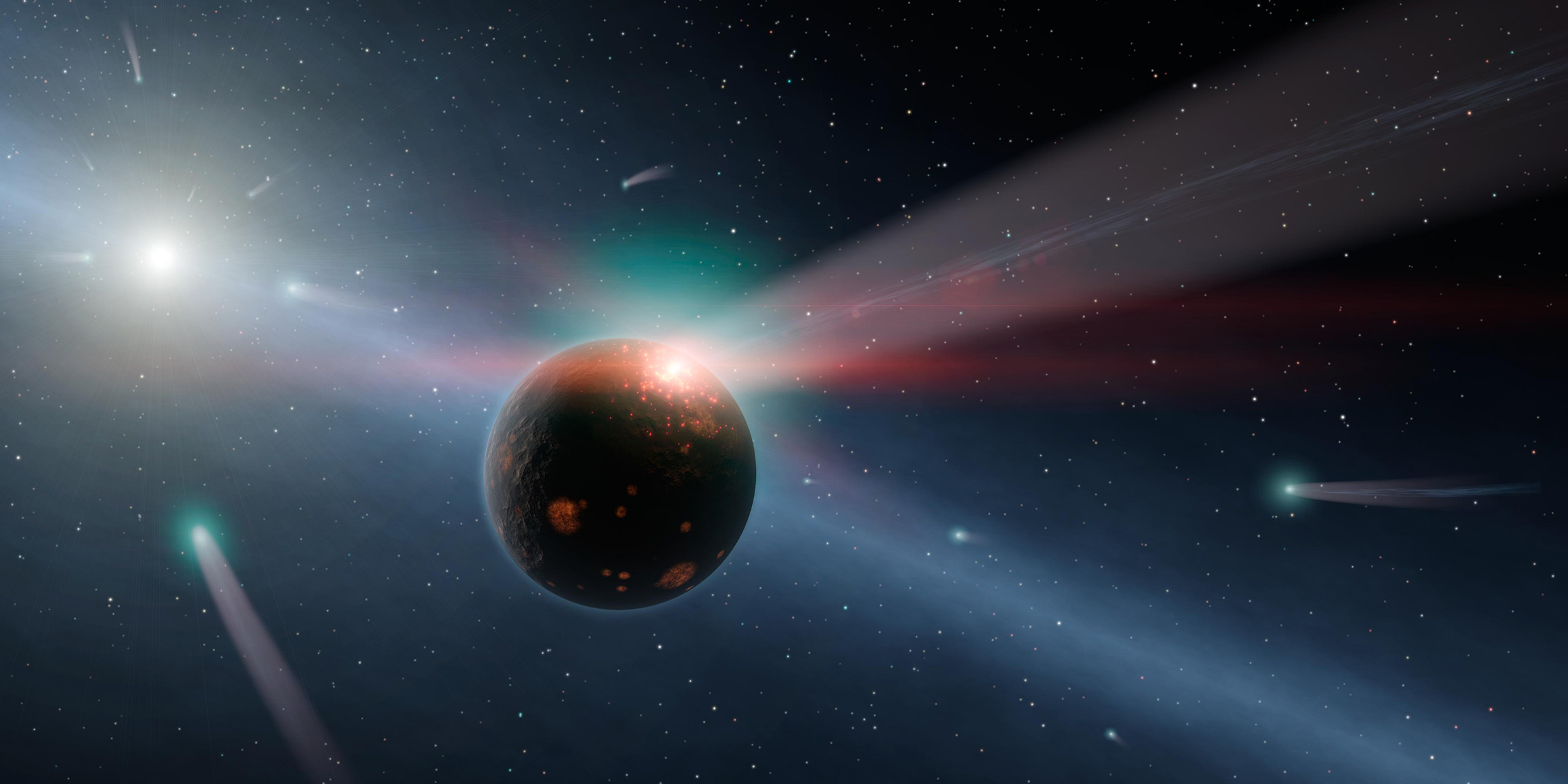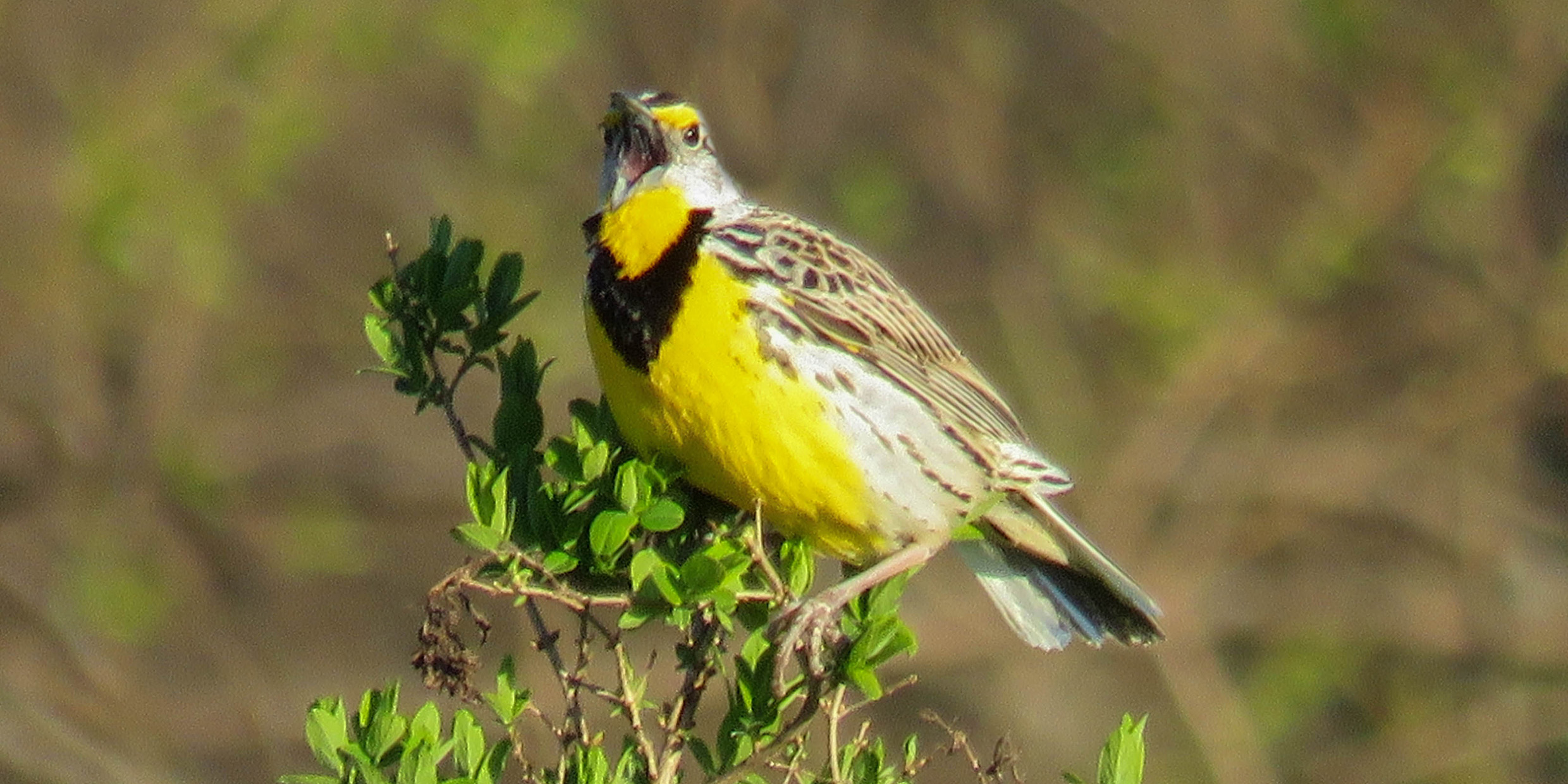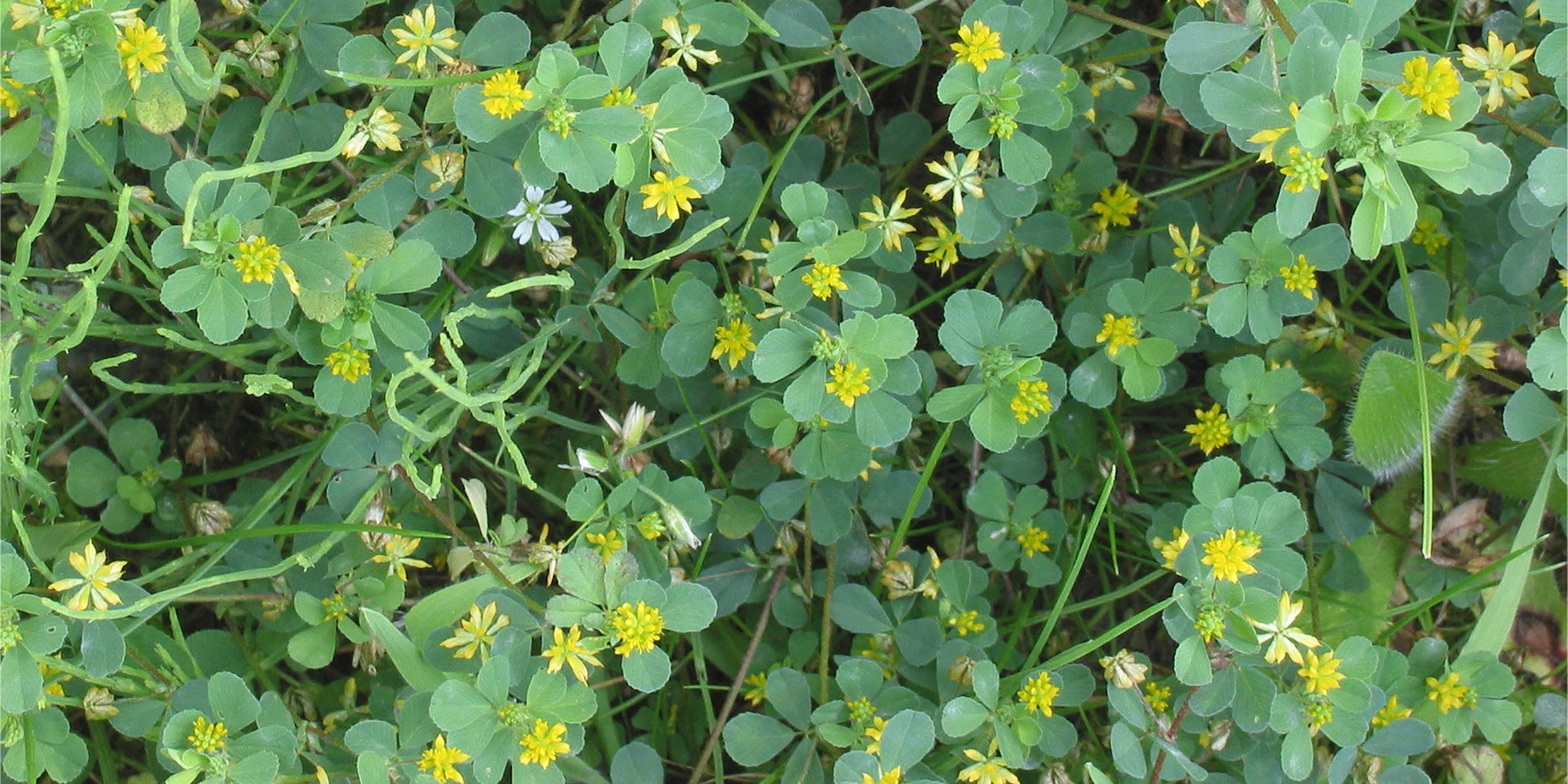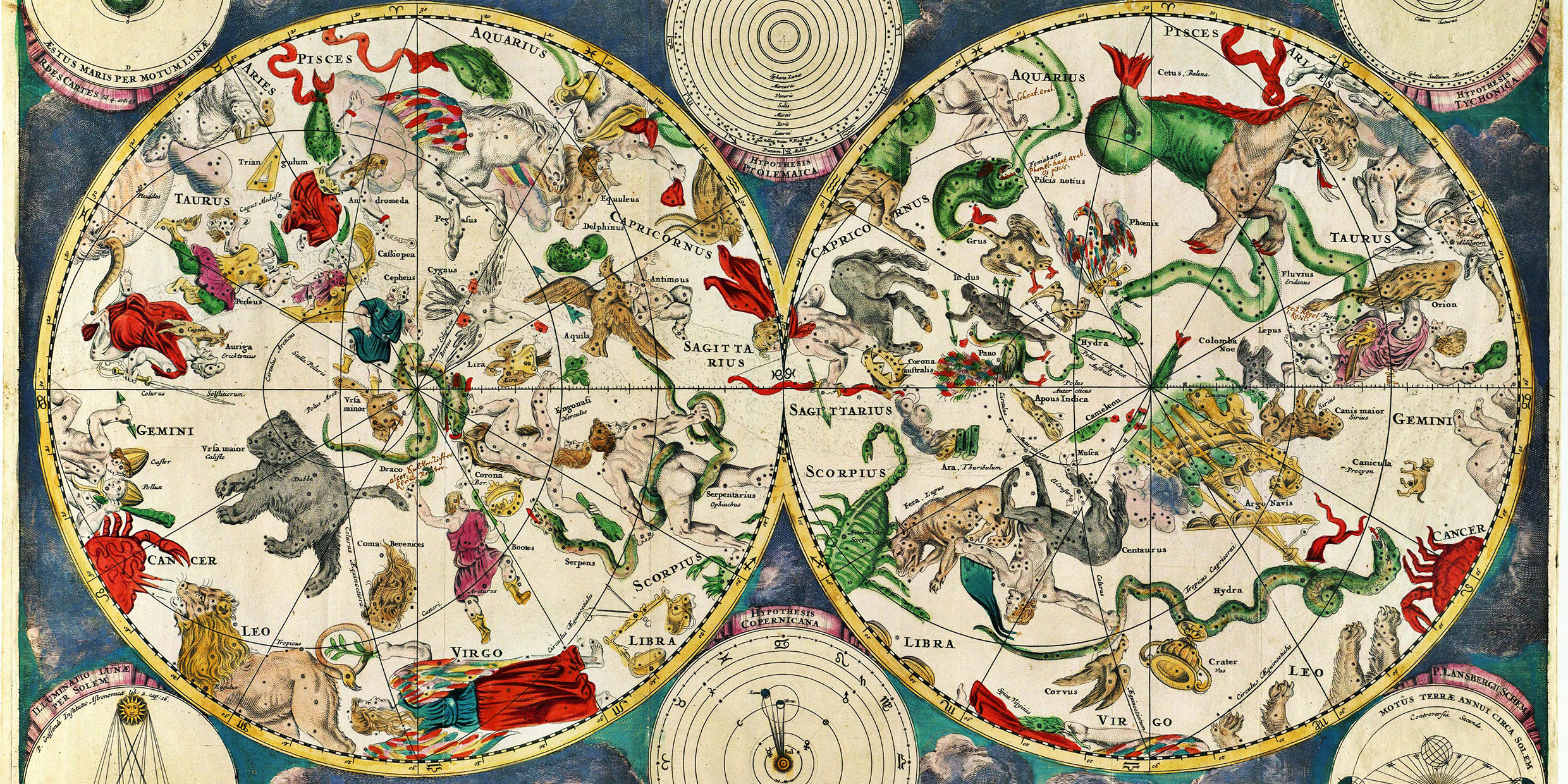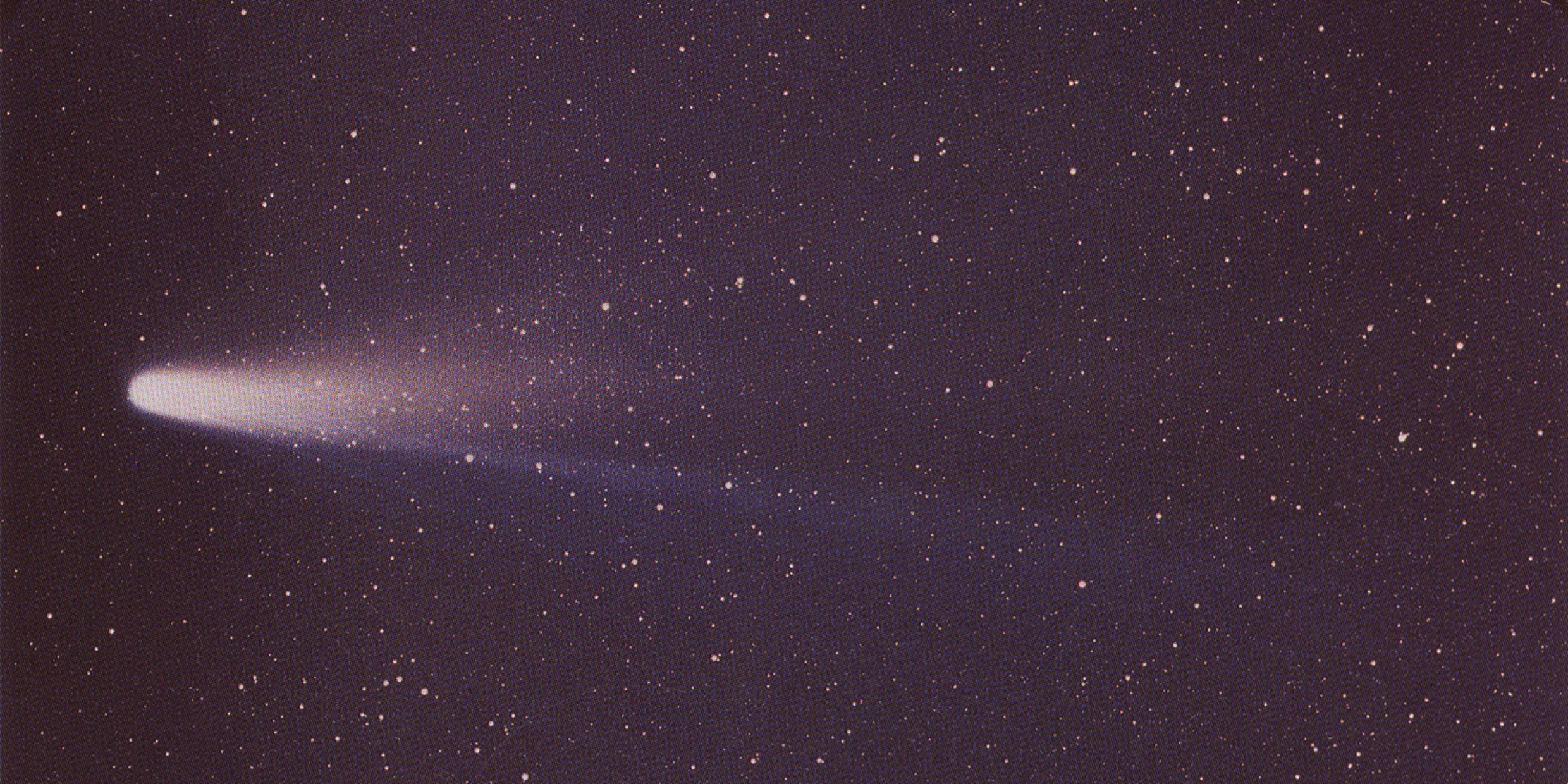It has been 55 years since Clyde Tombaugh, a young assistant at the Lowell Observatory in Flagstaff, Arizona, found a smudge of light on a photographic plate that moved from night to night. That smudge was Pluto, the ninth and most mysterious member of the sun’s family.
Articles from July 2019
In the space age, string still snarls
In one of H. G. Wells’ books a character asks for “a ball of string that won’t dissolve into a tangle.” Almost a century later, we have tamed the atom and sent a man to the moon, but balls of string still end up in jumbled knots.
Arduous trek through China for beauty
On the southern slope of Bussey Hill in Boston’s Arnold Arboretum there are two trees of the species Davidia involucrata. For most of the year the trees are inconspicuous. But in mid-May, at about the time the lilacs bloom, Davidia flowers. Each flower cluster has two leafy bracts that become snowy white as the flowers mature. One bract is about the size of a man’s hand, the other, half that size. When Davidia is in bloom is looks as if a thousand white doves are fluttering in the branches of the tree.
Cycle of destruction
Gershwin said it: I got rhythm. Let’s add to that: All God’s creatures got rhythm. Every bird in the air and fish in the sea got rhythm. There are daily rhythms: Roosters grow at sunrise and bats fly at dusk. There are annual rhythms: Ferns unfurl their fronds in the spring and trees go gaudy with color in the fall. And there are monthly rhythms: The moon raises tides in the sea and inspires periodic lunacy and romance.
A melancholy song of spring
This morning he was there, hiding in a meadow beaten flat by winter, in a cavity of crumpled grass that had been abandoned for a deeper burrow by some still-sleeping creature. Spring was hiding that borrowed nest. It was the middle of March and meadowlark was back!
Tracking the ‘true shamrock’
March is the time for wearing of the green. Shamrocks will sprout as thick as dandelions in July. From Boston to San Francisco, from New York City to Sydney, Australia, Irish men and women will be sporting the small green emblem of the Emerald Isle.
Detective work in the heavens
Who invented the constellations? Who first imagined the confrontation of Taurus and Orion in the winter sky? Who placed the figures of the Great Bear and the Little Bear near the northern pole? Who sent Cygnus the Swan winging along the stream of the Milky Way?
The duality of the subatomic
“You can’t lose doing physics,” says physicist Mike Horne. “Either you have the thrill of stumbling upon something new or you have the pleasure of seeing accepted principles working perfectly.”
A mixed legacy
Where were you at 4:17 p.m., on Sunday, July 20, 1969?
Halley’s Comet: no close encounter
This is the year of Halley’s Comet. Sometime before the last day of 1985, you and I will have the opportunity to see this most famous of all celestial visitors.
